Introduction
Pigeon soup, a dish revered in many culinary traditions across the globe, is not only known for its exquisite taste but also for its rich nutritional benefits. This delicate bird, often overlooked in modern cuisine, holds a special place in traditional medicine and gastronomy for its ability to nourish the body and soul. In this comprehensive guide, we will delve into the art of crafting a pigeon soup that is both delicious and packed with nutrients, ensuring every spoonful is a testament to culinary excellence and healthful benefits.
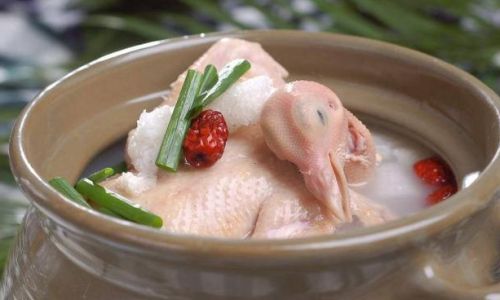
Understanding the Nutritional Value of Pigeon
Before diving into the recipe, it’s crucial to appreciate the nutritional profile of pigeon meat. Pigeon is a lean protein source, rich in essential amino acids that support muscle repair and growth. It’s also a good source of vitamins such as B6, B12, and niacin, which contribute to energy production, nervous system function, and cardiovascular health. Furthermore, pigeon meat contains minerals like iron, zinc, and phosphorus, essential for blood formation, immune function, and bone health respectively.
The broth derived from simmering pigeon bones and meat is equally beneficial, rich in collagen, gelatin, and minerals that can support joint health, digestion, and skin elasticity. By incorporating a variety of ingredients, we can further enhance the nutritional density and flavor profile of our soup.
Choosing the Right Pigeon
The quality of your pigeon is paramount to achieving a successful soup. Look for fresh, organically raised pigeons if possible, as they tend to have a superior flavor and nutritional profile compared to factory-farmed birds. Ideally, choose birds that are plump but not overly fatty, with firm, moist flesh and a clean scent.
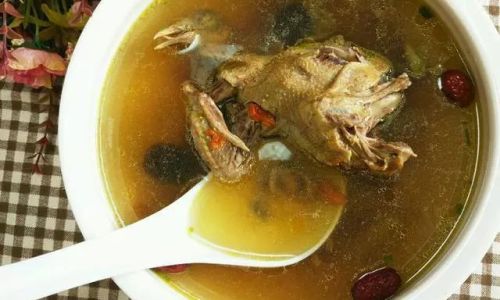
Preparing the Pigeon
-
Cleaning and Trimming: Begin by rinsing the pigeon thoroughly under cold running water. Remove any feathers, excess fat, and internal organs (unless you plan to use the liver or heart for additional flavor and nutrition). Pat the bird dry with paper towels to avoid any waterlogged texture during cooking.
-
Seasoning: Season the pigeon inside and out with salt, pepper, and your preferred herbs. Classic choices include thyme, rosemary, and bay leaves, which complement the bird’s delicate flavor.
Gathering Ingredients for the Soup
To create a balanced and flavorful soup, you’ll need a combination of aromatic vegetables, herbs, and spices, as well as some liquid for the broth. Here’s a comprehensive list:
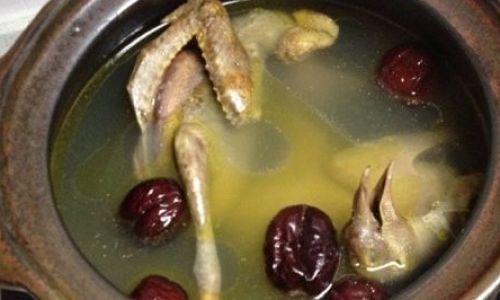
- Vegetables: Carrots, celery, onions, and leeks provide sweetness, depth, and a touch of earthiness.
- Aromatics: Garlic, ginger, and shallots add complexity and warmth.
- Herbs: Fresh parsley, cilantro, and chives for garnish, enhancing the soup’s freshness.
- Spices: A pinch of black peppercorns, star anise, and cloves can add subtle layers of flavor without overpowering the pigeon.
- Liquid: Chicken or vegetable broth for the base, though you can also use water if aiming for a more minimalist approach.
- Optional Additions: Dried mushrooms, seaweed, or even a splash of rice vinegar can elevate the soup’s umami and complexity.
The Cooking Process
-
Sautéing the Aromatics and Vegetables:
Begin by heating a large pot or Dutch oven over medium heat. Add a tablespoon of olive oil or butter, then sauté the chopped onions, carrots, celery, and leeks until they soften and begin to caramelize, about 10 minutes. This step is crucial for building a rich, flavorful foundation for your soup. -
Adding the Pigeon:
Once the vegetables are golden brown, nestle the seasoned pigeon into the pot, skin side down. Allow it to sear until the skin is crispy and golden, about 5-7 minutes per side. This not only locks in juices but also adds another layer of flavor to the broth. -
Deglazing and Simmering:
Pour in enough broth or water to cover the pigeon by at least an inch. Add your aromatic spices and herbs (tied in a cheesecloth or using a spice ball to easily remove them later). Bring the mixture to a gentle boil, then reduce the heat to low. Cover and let it simmer slowly for at least 2-3 hours, or until the meat is tender and falling off the bone. -
Skimming and Seasoning:
Periodically skim any foam or impurities that rise to the surface. This ensures a clear, pristine broth. Taste and adjust the seasoning with salt and pepper as needed towards the end of cooking.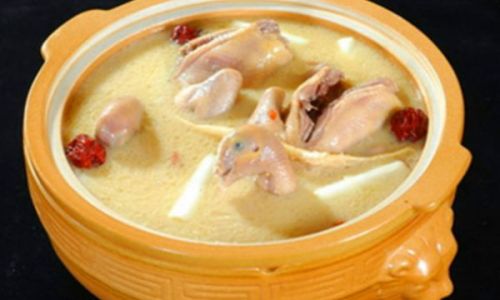
-
Final Touches:
Once the pigeon is cooked, carefully remove it from the pot and let it cool slightly. Shred or chop the meat, discarding the bones and any tough sinew. Return the meat to the pot, allowing it to steep in the broth for an additional 10-15 minutes to absorb more flavor. -
Garnishing and Serving:
Ladle the hot soup into bowls, garnishing each serving with freshly chopped herbs like parsley, cilantro, or chives. A drizzle of extra virgin olive oil or a wedge of lemon can also add brightness and sophistication.
Enhancing Nutritional Value
To make your pigeon soup even more nutritious, consider these additional tips:
- Incorporate Superfoods: Add a handful of nutrient-dense ingredients like spinach, kale, or quinoa during the final stages of cooking to boost the soup’s vitamin and mineral content.
- Bone Broth: Use homemade bone broth instead of store-bought broth for added gelatin, collagen, and minerals.
- Fermented Foods: Stir in a spoonful of miso paste, kimchi, or sauerkraut for probiotics that support gut health.
- Protein Boost: For a more filling meal, include cooked lentils, chickpeas, or even shredded chicken alongside the pigeon meat.
Conclusion
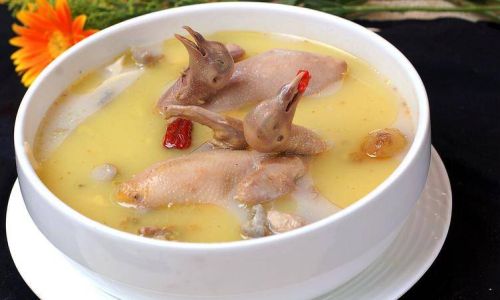
Crafting a delicious and nutritious pigeon soup is an art that combines culinary precision with an understanding of the ingredients’ inherent benefits. By following these steps and incorporating a variety of flavors and textures, you’ll create a dish that is not only a delight for the taste buds but also a nourishing elixir for the body. Whether you’re seeking comfort after a long day or looking to incorporate more nutrient-dense foods into your diet, a well-made pigeon soup stands as a testament to the harmony between flavor and health.
Remember, the beauty of soup lies in its adaptability. Feel free to experiment with different herbs, spices, and additional ingredients to suit your personal preferences and dietary needs. With each batch, you’ll refine your technique, honing your skills to produce a soup that is uniquely yours—a culinary masterpiece that warms the heart and nourishes the soul. Enjoy your culinary journey and the delightful results that come from it!
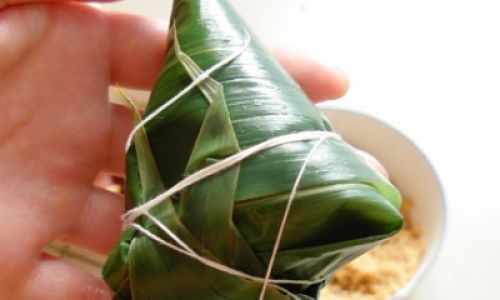
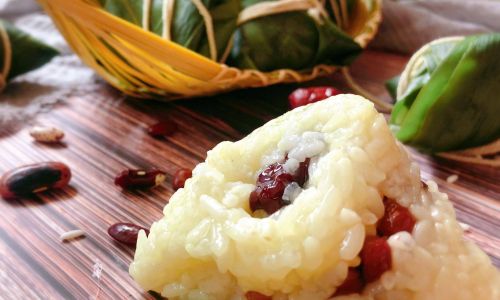

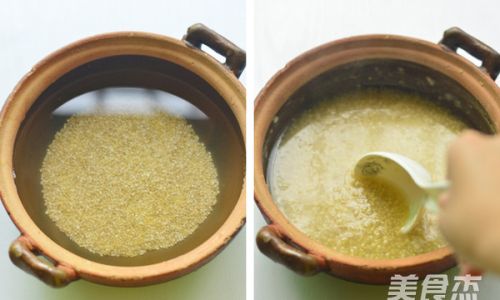
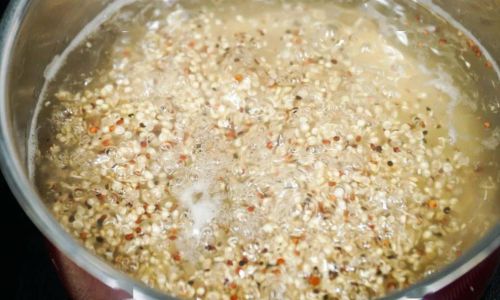
0 comments